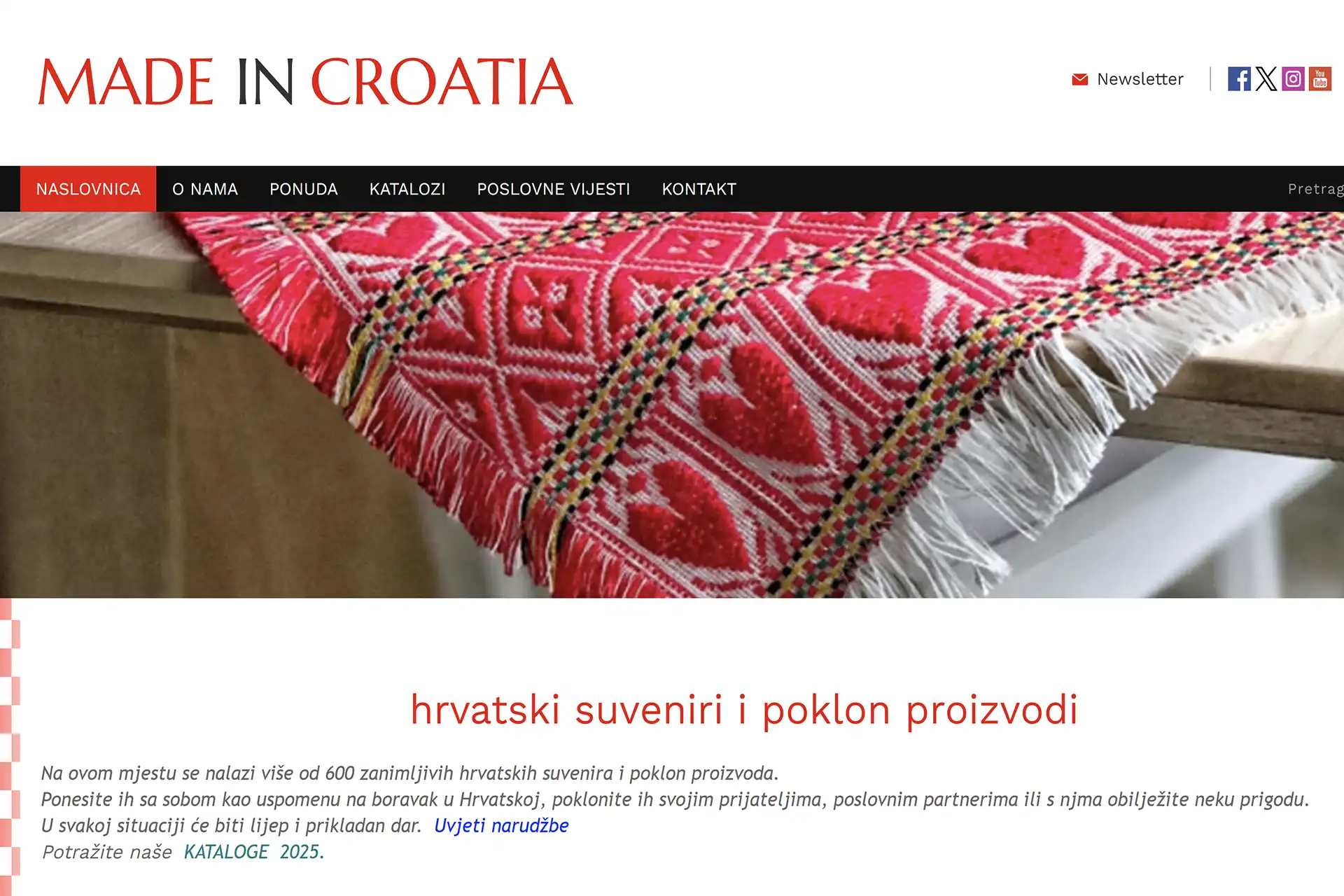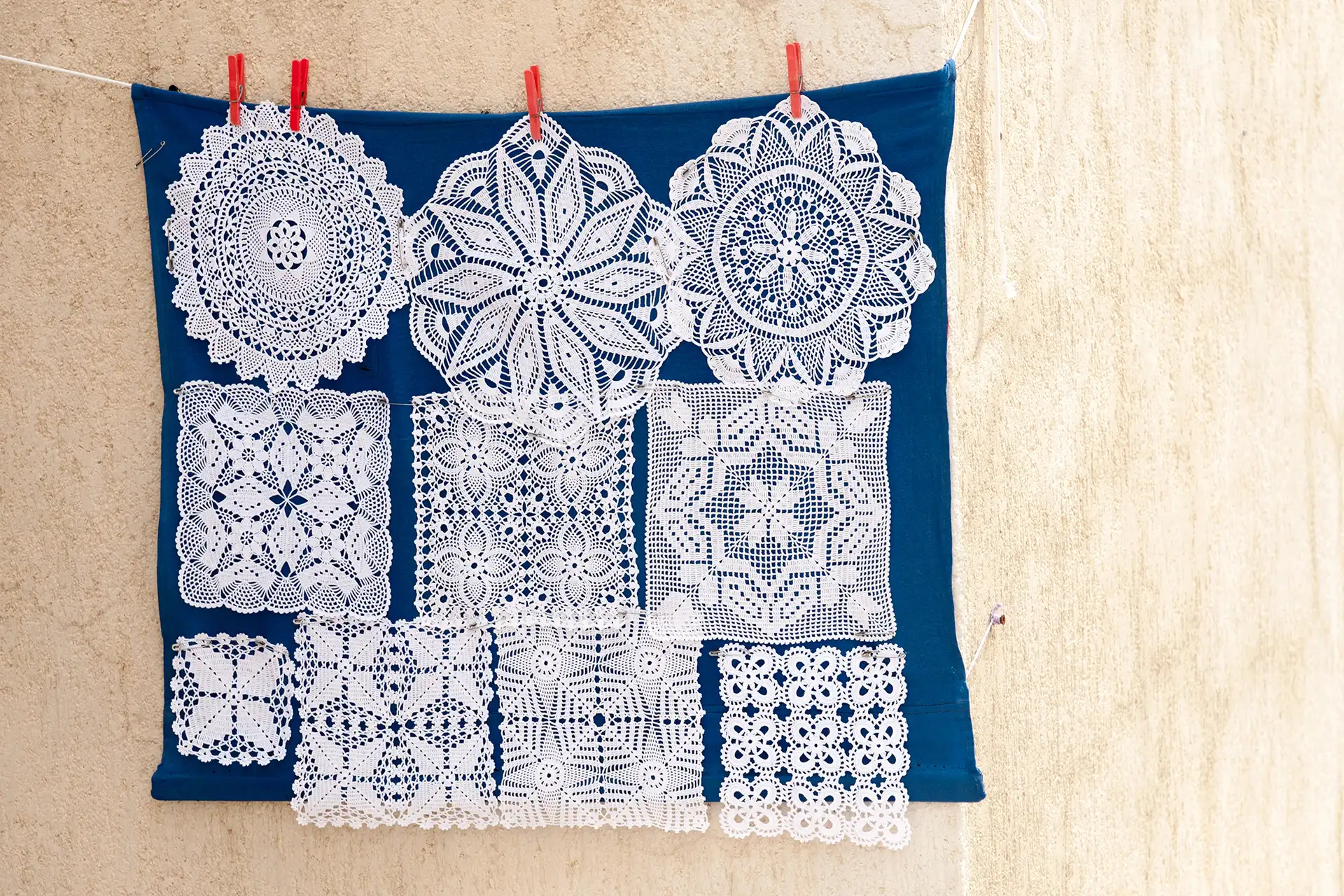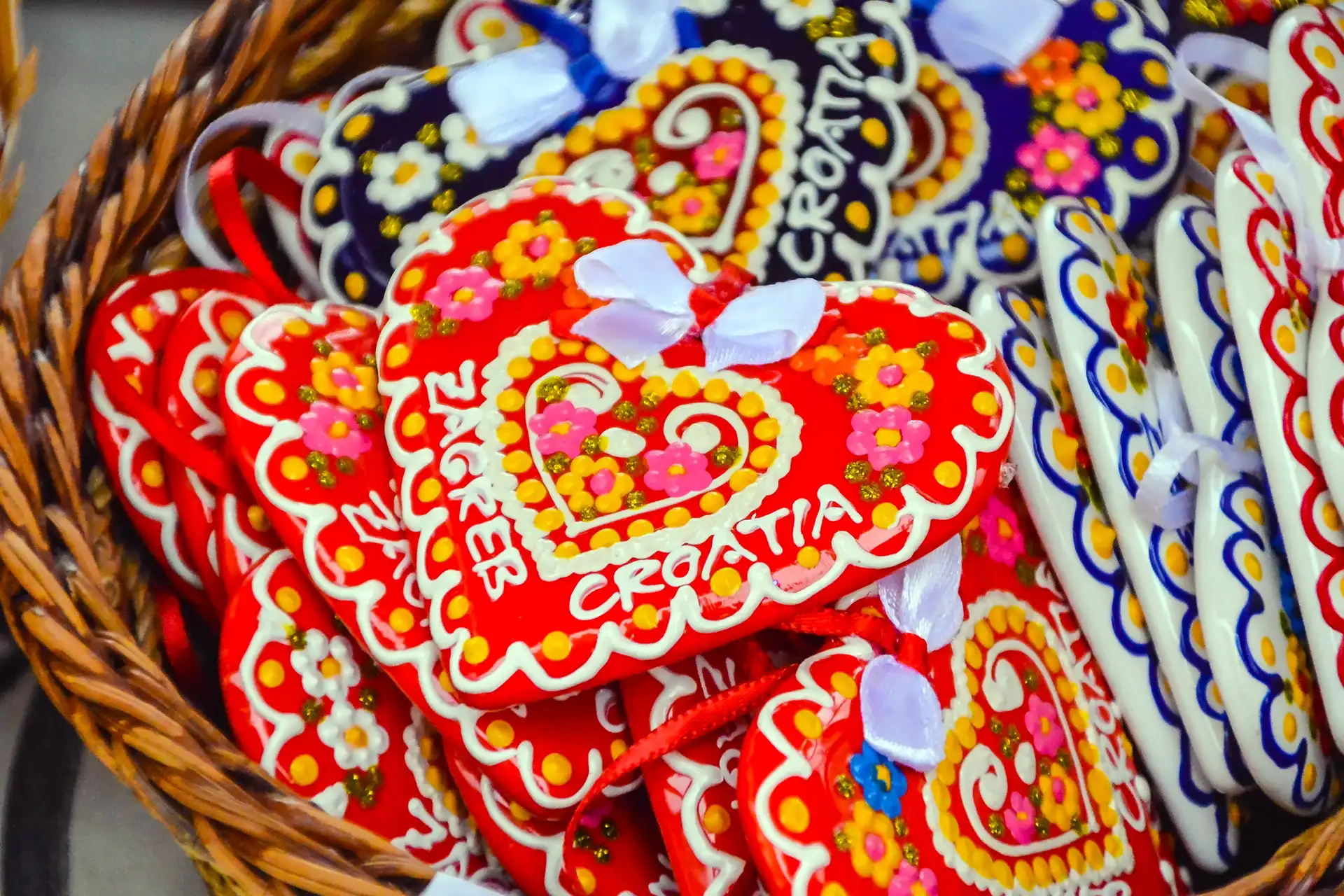In this interview, we sit down with Kata Oreč, the visionary behind Made in Croatia, an online shop dedicated exclusively to authentic Croatian craftsmanship. Since 2004, her platform has showcased handmade gifts, traditional souvenirs, and contemporary artisan pieces that celebrate the country’s rich culture and heritage. From delicate Pag lace and Brač stone sculptures to premium olive oils and Glagolitic-inspired jewelry, every item carries a story of local artistry. Kata shares how she turned a simple idea into a thriving international marketplace that connects small Croatian makers with customers around the world, while keeping tradition at the heart of every purchase.

Photo credit:
Made in Croatia
1. How did the idea for Made in Croatia first come about back in 2004?
The project actually started in 2004 as a small corner on the HIC web portal, which was Croatia’s oldest news site. By 2006, we moved to our own domain and in 2016 gave it the look people know today. From the beginning, I wanted to promote Croatian souvenirs and artisan products so they could be recognized beyond local markets. As more partners joined, the concept grew into something wider, a platform for thoughtful gifts based on the work of small, often hidden workshops. We highlight unique pieces and present them online to both domestic and international buyers, changing how people see Croatian craftsmanship. Today, we feature more than 600 products, many inspired by our history, culture, and traditions, and they’ve found their way to Europe, Australia, North and South America, even Japan and the Middle East.
2. What motivated you to launch such a platform when e-commerce was still new in Croatia?
Back then, online shopping here was rare, but I saw it as a chance to give small Croatian makers a global window. My motivation was simple: authentic products deserved a broader audience. We started on HIC so customers could notice these artisans and contact us by email for orders, which we shipped through regular delivery services. The goal was to connect local craftsmen with the world and build recognition for their work. Today more than 600 unique items, from handmade Croatian chess sets and intricate lacework to ceramics, liqueurs, olive oils and Glagolitic-inspired gifts, are sold at home and abroad. Many of these crafts, like our lace traditions, are even on UNESCO’s heritage list. I’m proud we took that early leap into e-commerce, because it showed that tradition and technology can grow together.
3. Made in Croatia is more than souvenirs; it shares stories of culture and tradition. How do you choose what to feature?
Selection is careful and personal. We look for products that carry cultural weight, show traditional techniques, and feel authentically Croatian. I spend time with artisans and small family businesses to understand their process and history. Whether it’s a replica of the ancient Baška tablet, jewelry and scarves inspired by the Glagolitic alphabet, hand-woven table linens from the Zagreb region, or delicate lace from Pag and Lepoglava, each item must tell a story. We also highlight specialties like premium Hvar olive oils in ceramic bottles, Brač stone miniatures, and hand-painted ceramics. Every piece is chosen for quality and the narrative it brings, a living link between our past and present. That way, buyers don’t just get a product; they receive a piece of Croatia’s heritage to share or treasure.
4. How important is the story behind each product?
It’s absolutely central. The story gives meaning and emotional depth, turning an object into an experience. When someone buys a necklace with Glagolitic letters or a box of Pag lace, they’re connecting to centuries of tradition, to the people and places that shaped it. These narratives also support the artisans, often from rural areas, by highlighting their skills and dedication. Early on, these stories set us apart from generic imports and helped customers understand the value of authentic Croatian work. They educate too, about our history, our craftsmanship, and even our culinary heritage like licitar hearts or traditional honey. Without the story, a product is just a thing. With it, it becomes a bridge between cultures and a proud ambassador of Croatia.
5. Your products reach Australia, the U.S., Japan, and more. What does that international success mean to you?
It’s incredibly rewarding. Every order abroad is a small celebration of Croatian creativity and quality. It proves that our artisans can compete globally while staying true to their roots. Recognition from the Croatian Chamber of Commerce with labels like “Croatian Quality” and “Originally Croatian” reinforces that standard and builds trust overseas. Economically, it supports small workshops and brings income back to local communities. Culturally, it spreads awareness of things like the cravat, our famous necktie, or our olive-growing traditions, which fascinate tourists and diaspora alike. For me, it’s not just about sales; it’s about showing the world that Croatian heritage is alive, evolving, and ready to be part of people’s lives everywhere.
6. Which products captivate foreign visitors the most, and which do locals love best?
Visitors and the Croatian diaspora often seek the essence of the country, premium olive oils, local wines and liqueurs, Mediterranean spices, natural cosmetics, and traditional pieces like lace or Brač stone sculptures. They want something unmistakably Croatian to take home. Domestic buyers, meanwhile, appreciate high-quality, practical items with a patriotic touch: handmade textiles with our red-white checks, artisan honey and marmalades, or artistic replicas of Ivan Meštrović’s sculptures. What unites everyone is a love of products with a story. Whether it’s a miniature stone sailboat or a Glagolitic-inscribed pendant, people value the authenticity and the connection to Croatia’s rich heritage.
Photo credit:
Depositphotos.com, Made in Croatia, Goran Vrhovac/ Depositphotos.com, Made in Croatia, Depositphotos.com







.svg)








